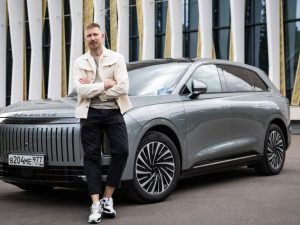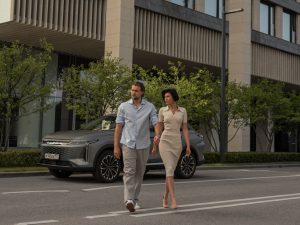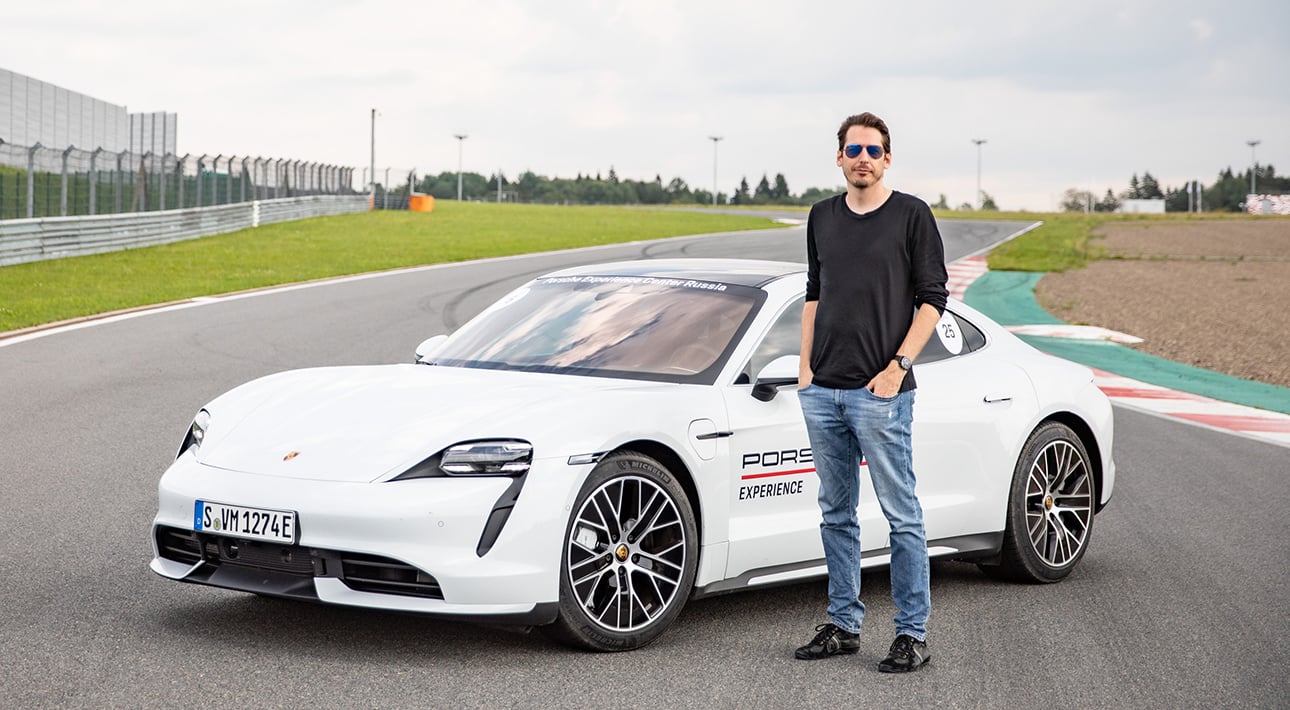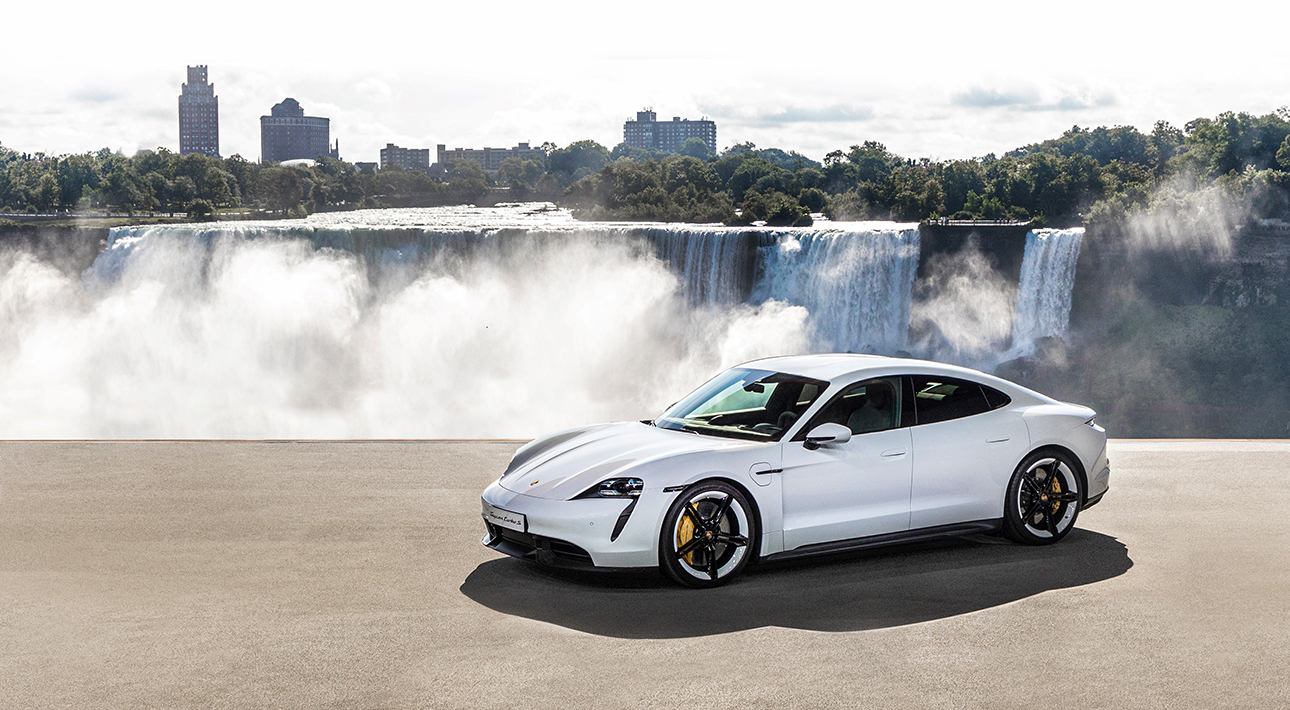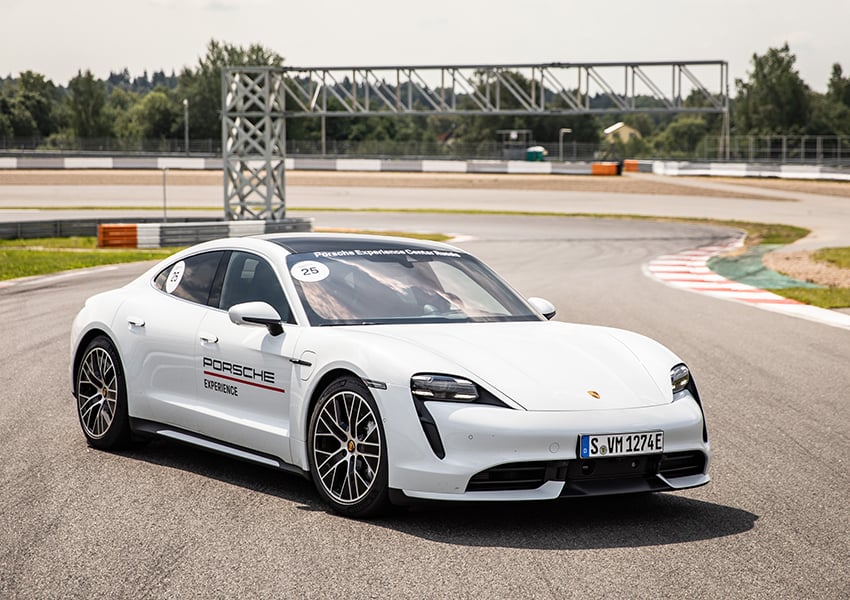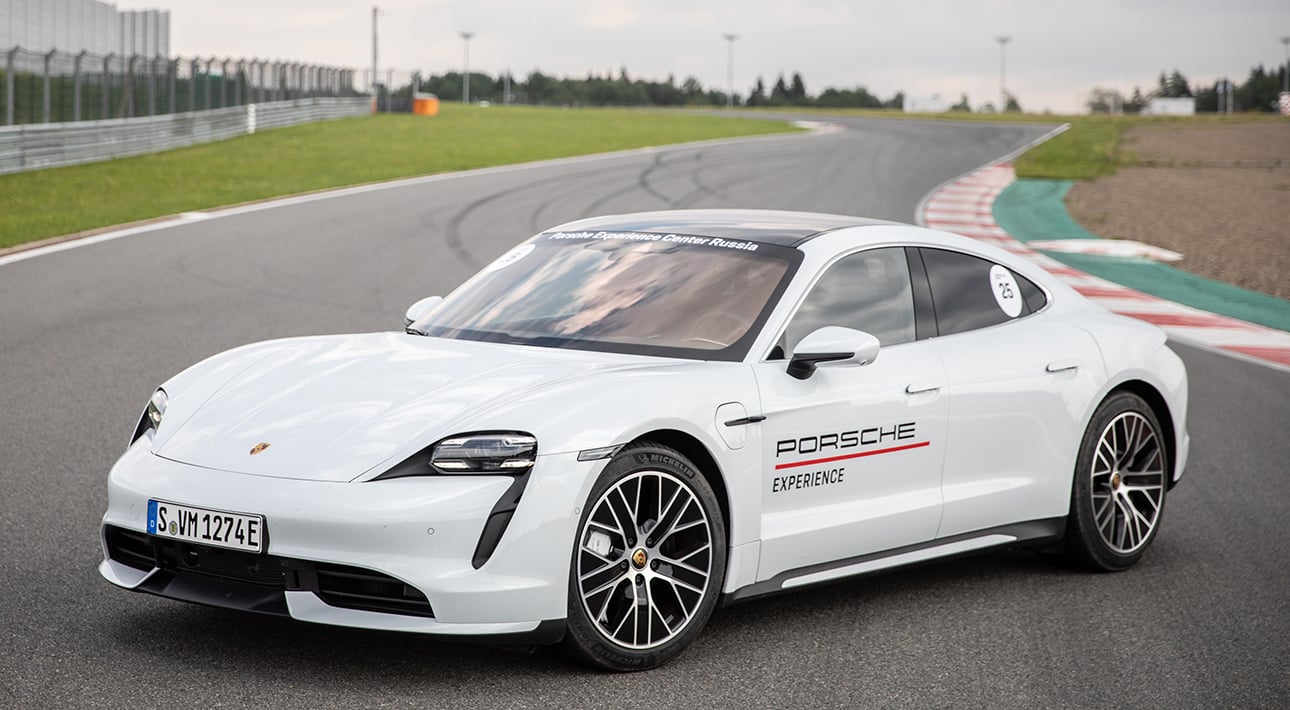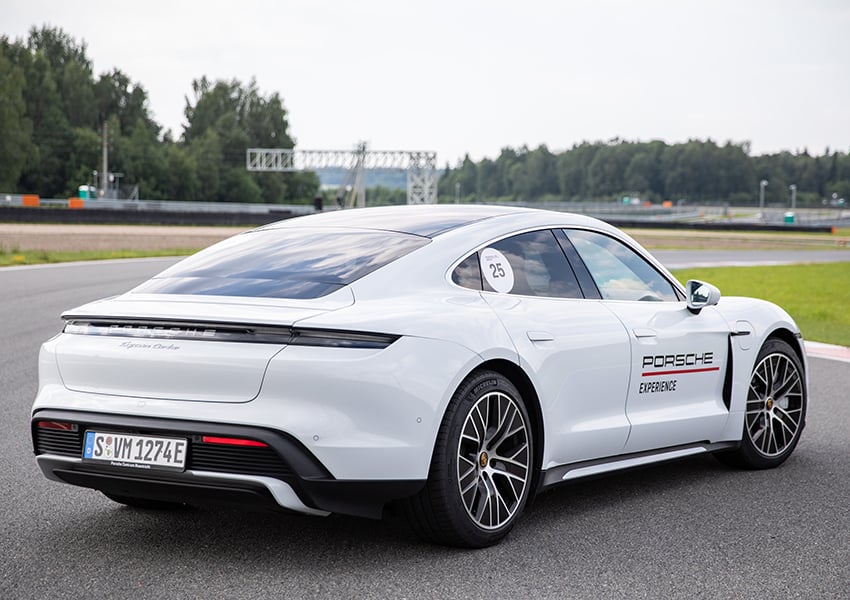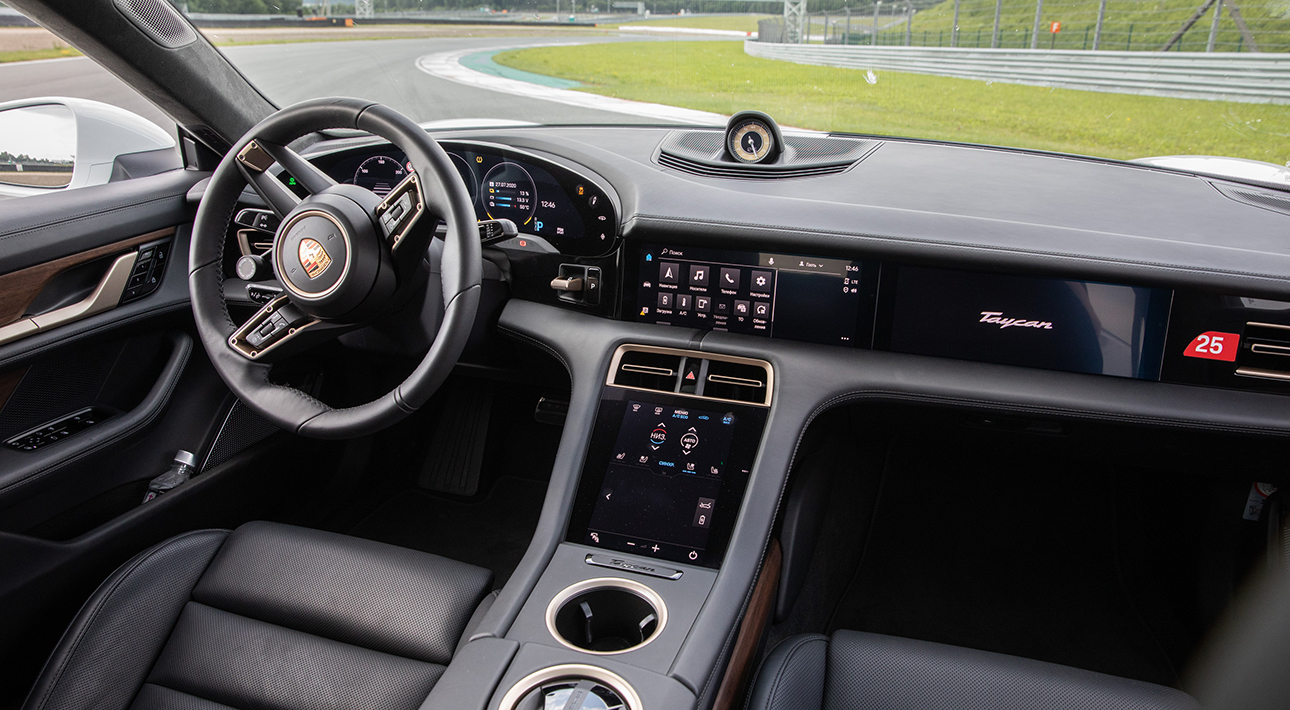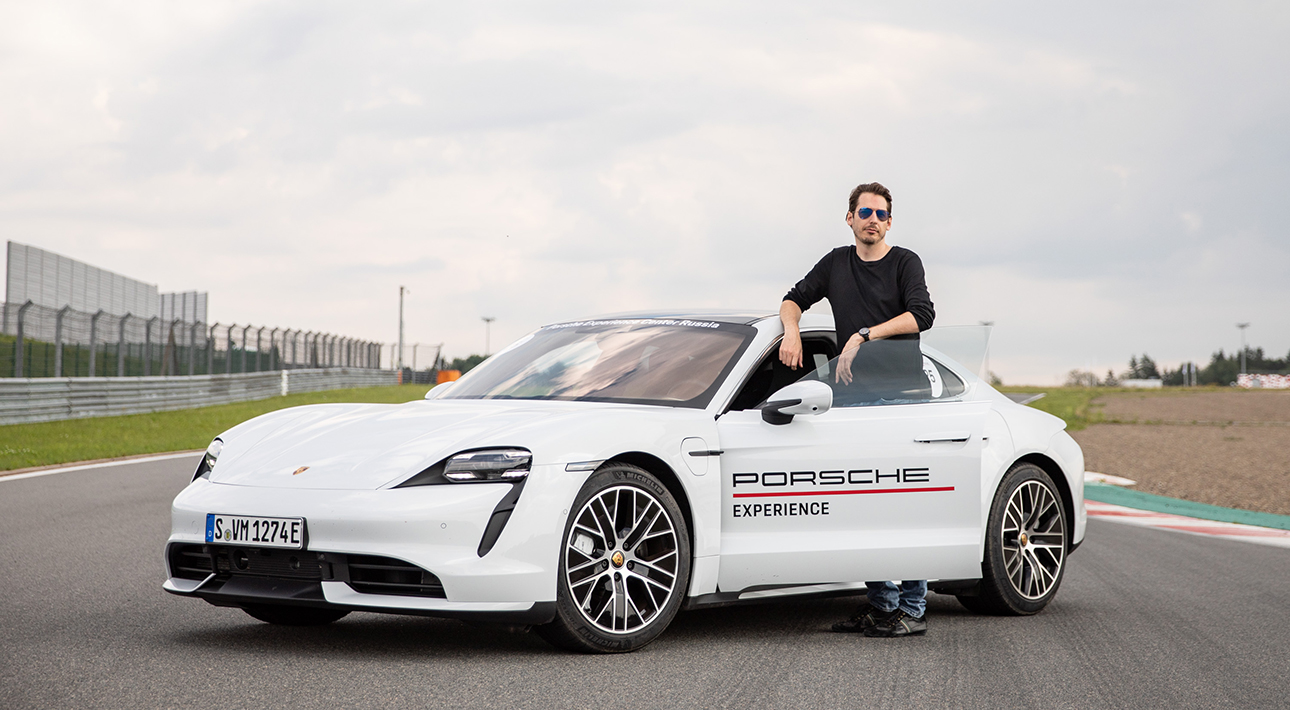Nearly a year after I first laid eyes upon Porsche’s first fully electric vehicle, finally an opportunity arose for me to find out how it actually drives. The venue, as is so often the case, was Moscow Raceway. Not because the Taycan is a track car, but simply because the German-registered test cars couldn’t be driven on regular roads.
The thing is, just because you’re on a racetrack doesn’t mean that you have to drive fast. I mean, it’s clearly the obvious thing to do, but with sufficient self-restraint (and one eye on the state of the battery charge) it’s just about doable. It helps when you’re given the keys to the car and a track all to yourself, so there is no other traffic to contend with and you can come to a stop in the middle of the road for a photo op whenever you like. The Americans would probably call this freedom.
Of course, I already had a pretty good idea of what to expect from this car as it’s already been filmed and reviewed so many times by now.
Even so, and even after driving some Porsche hybrid models which are also capable of limited driving on electricity alone, I found being able to take off swiftly in a Porsche whilst producing virtually no sound at all is still a slightly surreal event. It seems contrary to how the world has always worked, in violation of some kind of innate rule of motoring. Especially when you’re setting off from a pit lane and not a driveway. Apparently, it took Porsche a lot more money and development work than usual to get rid of all potentially unwanted noises in the interior. It turns out that, in a car this silent, even some barely perceptible creaking sounds made by the leather seats upon which you sit can be perceived as annoying. But I’m not here to talk about the leather seats, lovely though they are. I think I probably covered that aspect of the car well enough in my initial article last year. I’m not going to repeat the exact specifications either. Not least because I’m not sure they actually matter much. No, I just want to talk about driving it.
